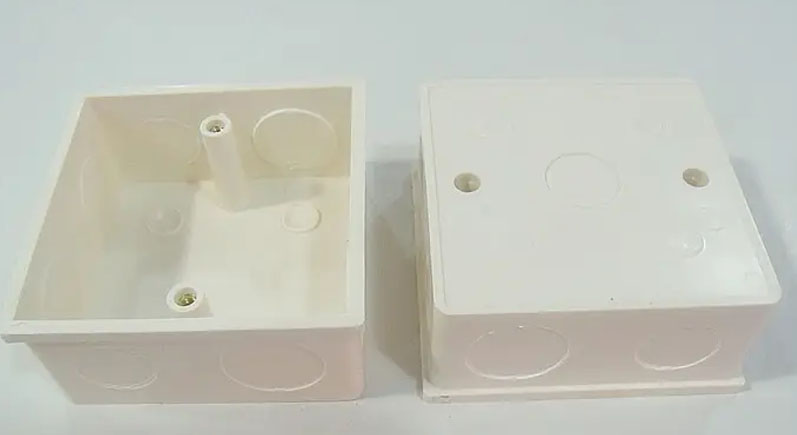 135-6822-2642
135-6822-2642
 135-6822-2642
135-6822-2642

Glass fiber is a fiber reinforced material made of pyrophyllite, quartz sand, limestone and other minerals as raw materials, together with soda ash, boric acid and other chemical raw materials through high-temperature melting, drawing, winding, weaving and other processes; Compared with traditional metal materials and non-metallic materials, glass fiber has the characteristics of high temperature resistance, corrosion resistance, high strength, light specific gravity, small extension and good electrical insulation. Glass fiber composite is a functional material made of glass fiber and its products (glass fiber yarn, cloth, felt, etc.) as reinforcement materials and synthetic resin as matrix materials through composite process; The glass fiber composite not only inherits the advantages of glass fiber itself, but also has the characteristics of energy saving, large design freedom, and wide adaptability. At present, glass fibers account for about 90% of the total reinforced fiber composites, and are widely used in construction, industrial pipe and tank, automobile and transportation, electronics and electrical, wind power and other fields.
